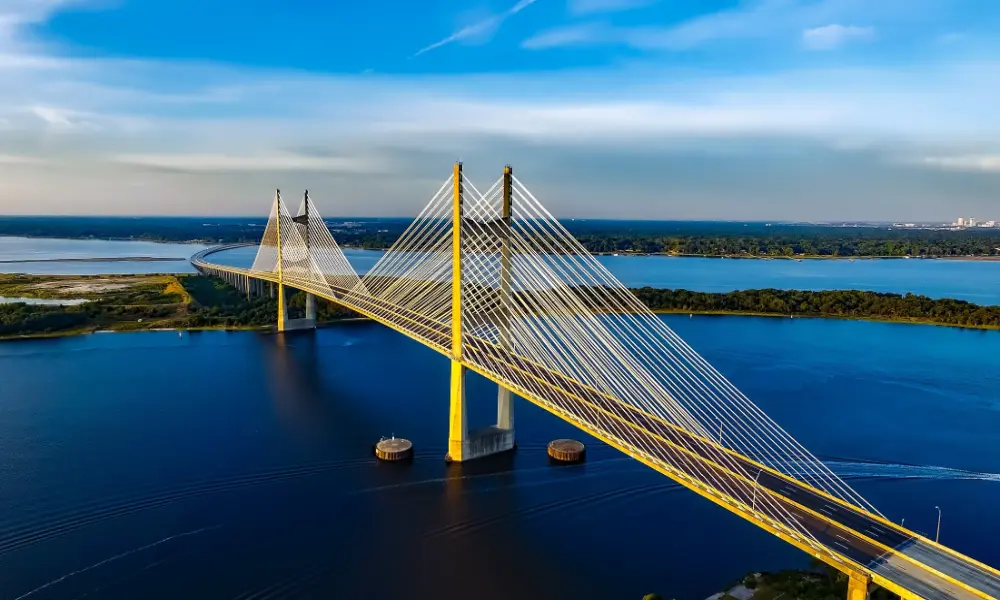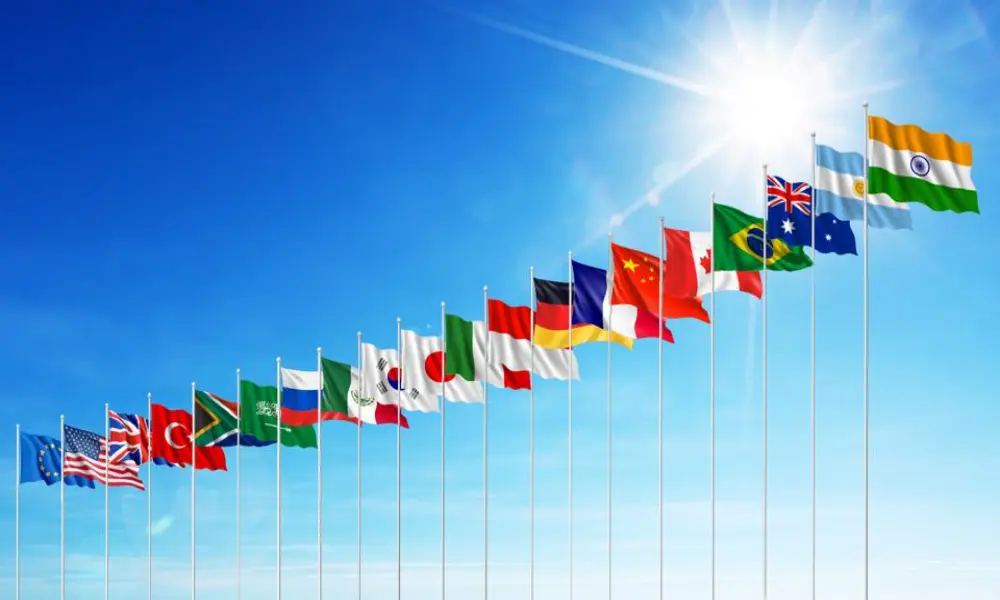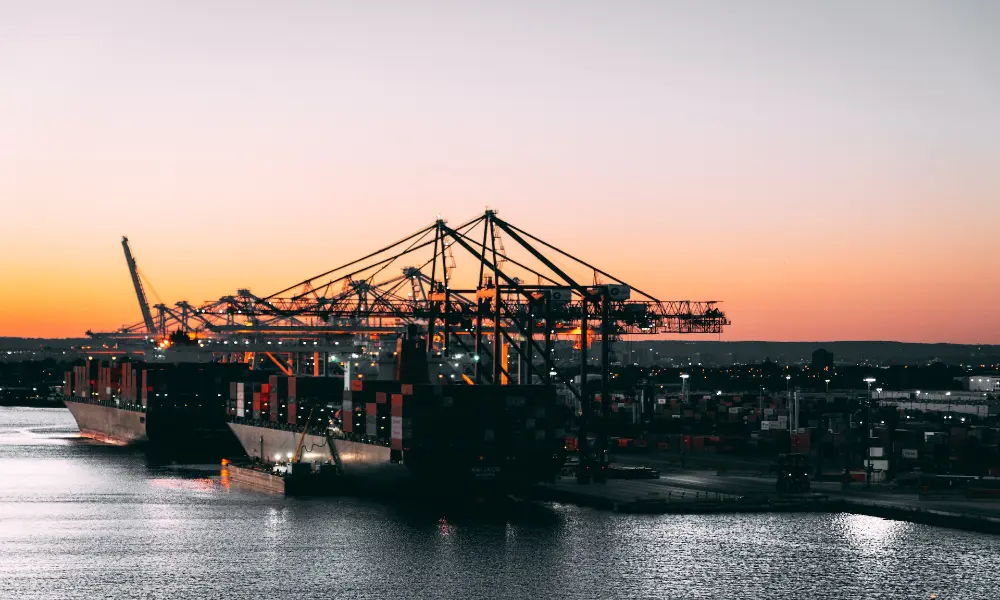Decoding the Maritime Mishap
The catastrophe involving the grounding of Wakashio Newcastlemax, one of the most conspicuous accidents in recent maritime history, has been examined by the Japan Transport Safety Board (JTSB) in a new report. Much as preceding investigations suggested, the crew’s quest for a telephone signal prompted the ill-fated decision that ended in an ecological disaster for Mauritius. The captain’s order to drift off-course and cruise towards the shoreline without marine area charts was pinpointed as the principal reason for the calamity. The vessel eventually ran aground on July 25, 2020, with harsh consequences: the dispersal of more than 1,000 tons of bunker fuel into surrounding waters.
A Pattern of Risky Practice
As it turns out, the bulk carrier, which was chartered by Mitsui OSK Lines, had repeatedly neared coastlines to gain access to mobile phone networks. This report confirmed that this was not an isolated incident but a habitual, risky practice. Moreover, it was revealed that the captain had partaken in celebratory drinks at a crew member’s birthday party just before the incident. The JTSB report criticized the sluggish response from local authorities, who were slow to deploy a tug. A four-day delay in sending assistance allowed the environmental catastrophe to escalate.
Panama’s Perspective and Fallout
The Panamanian authorities also launched an investigation into the grounding of their flagged vessel. Released in July, Panama’s final report primarily blamed the accident on the crew’s desire to access wifi close to the shore. The Wakashio’s enormous size compounded the difficulty of disaster management; for 18 months, the remnants of the vessel lay grounded near a protected UNESCO World Heritage site before they were successfully removed.
Lessons for the Future: Avoiding Another Wakashio
In a bid to prevent future maritime tragedies akin to the Wakashio incident, Mitsui OSK Lines (MOL) detailed why the ship altered its voyage plan, leaving a dangerously thin gap of just two nautical miles between the vessel and the island of Mauritius. The crew cited their desire to “enter an area within the communication range of mobile phones.” Contributing factors included inadequate precautions regarding watch-keeping, both visually and by radar, and the use of a nautical chart that did not provide accurate distance and depth details.
Silent Observers: Mauritius’s Role
Investigations have primarily scrutinized the actions of the Wakashio’s crew, but Mauritius’s surveillance system and coastguard have largely escaped criticism. Maritime journalist and Splash reader Stephen Spark, however, suggests that Mauritius’ coastal surveillance radar and understaffed coastguard facilities may also be implicated. Poor maintenance and defective units, Spark argues, meant that Mauritius was unable to effectively warn the vessel of the imminent danger it faced.



